Good morning! Let’s play Connections, the NYT’s clever word game that challenges you to group answers in various categories. It can be tough, so read on if you need clues.
What should you do once you’ve finished? Why, play some more word games of course. I’ve also got daily Wordle hints and answers, Strands hints and answers and Quordle hints and answers articles if you need help for those too.
SPOILER WARNING: Information about NYT Connections today is below, so don’t read on if you don’t want to know the answers.

NYT Connections today (game #497) – today’s words
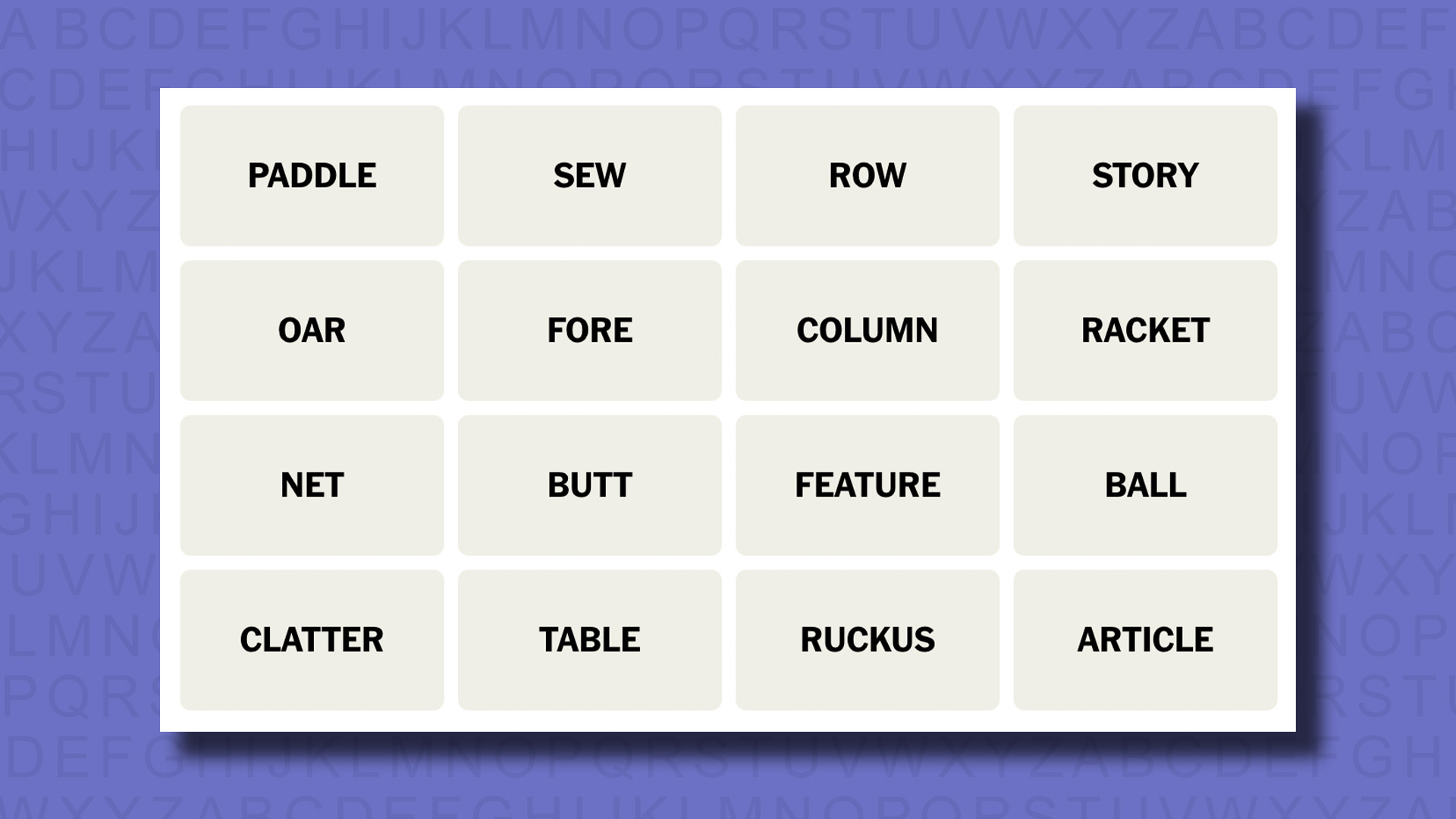
Today’s NYT Connections words are…
- PADDLE
- SEW
- ROW
- STORY
- OAR
- FORE
- COLUMN
- RACKET
- NET
- BUTT
- FEATURE
- BALL
- CLATTER
- TABLE
- RUCKUS
- ARTICLE
NYT Connections today (game #497) – hint #1 – group hints
What are some clues for today’s NYT Connections groups?
- Yellow: Press pieces
- Green: What’s that sound?
- Blue: Ping pong
- Purple: Sounds like a connecting term
Need more clues?
We’re firmly in spoiler territory now, but read on if you want to know what the four theme answers are for today’s NYT Connections puzzles…
NYT Connections today (game #497) – hint #2 – group answers
What are the answers for today’s NYT Connections groups?
- YELLOW: BIT OF NEWSPAPER WRITING
- GREEN: NOISY DISTURBANCE
- BLUE: TABLE TENNIS NEEDS
- PURPLE: HOMOPHONES OF COORDINATING CONJUNCTIONS
Right, the answers are below, so DO NOT SCROLL ANY FURTHER IF YOU DON’T WANT TO SEE THEM.
NYT Connections today (game #497) – the answers
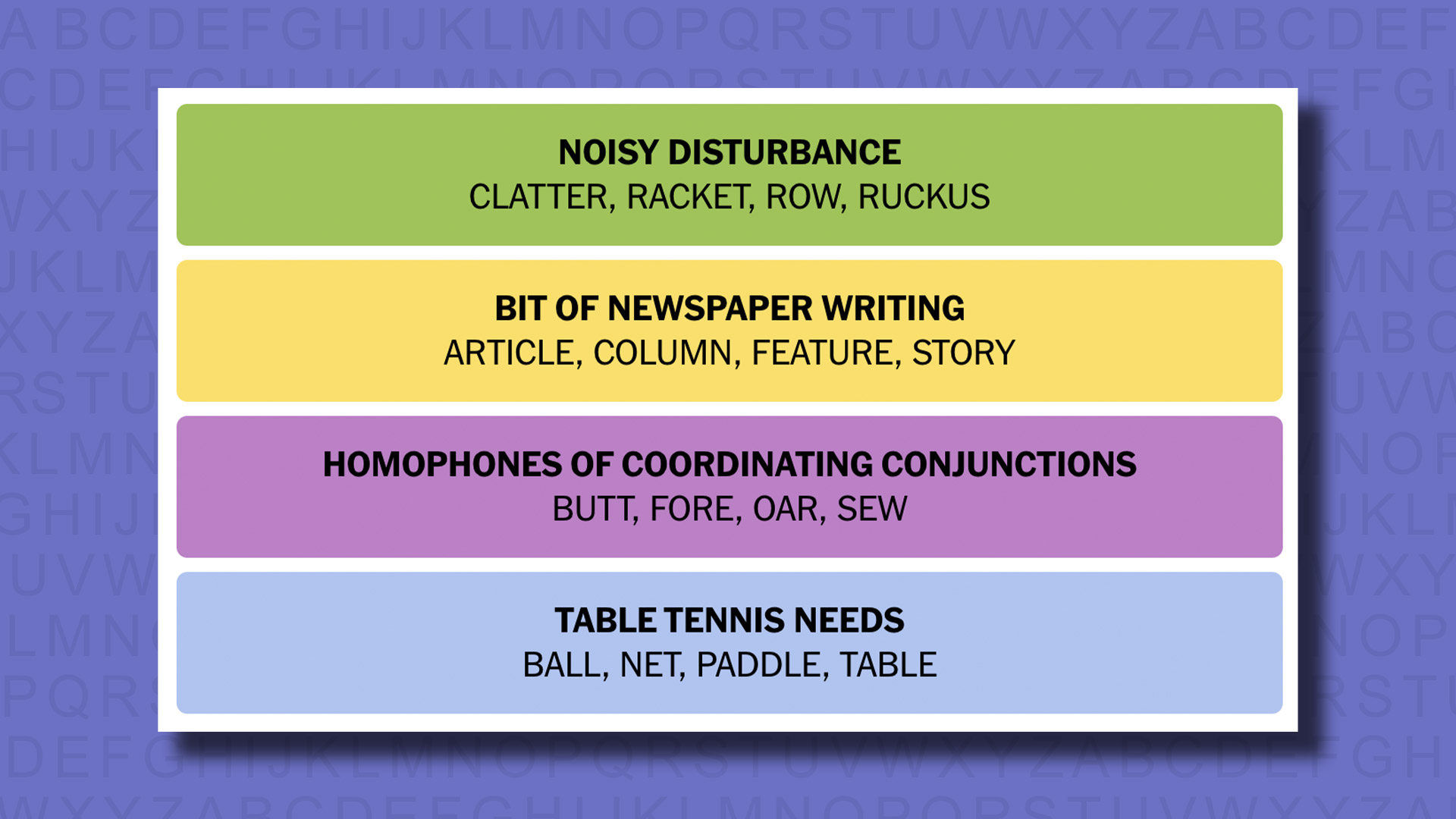
The answers to today’s Connections, game #497, are…
- GREEN: NOISY DISTURBANCE CLATTER, RACKET, ROW, RUCKUS
- YELLOW: BIT OF NEWSPAPER WRITING ARTICLE, COLUMN, FEATURE, STORY
- BLUE: TABLE TENNIS NEEDS BALL, NET, PADDLE, TABLE
- PURPLE: HOMOPHONES OF COORDINATING CONJUNCTIONS BUTT, FORE, OAR, SEW
- My rating: Moderate
- My score: Perfect
It is perfectly possible to solve the most difficult Connections group, the purple one, without knowing why you’re solving it – and I know because it happened to me today.
I’d already got yellow and green, BIT OF NEWSPAPER WRITING and NOISY DISTURBANCE respectively, but was stumped as far as the last two went. I should really have got blue, TABLE TENNIS NEEDS, but at this stage at least I hadn’t spotted the connection. However, I had noticed that BUTT, FORE, OAR and SEW were all homophones. Solving it early in the morning, before I was fully awake, I completely failed to spot that they were all HOMOPHONES OF COORDINATING CONJUNCTIONS – but I had a suspicion that they might go together simply because they all sounded like another word, so played it and got it right. Zero kudos to me, but a win all the same.
How did you do today? Send me an email and let me know.
Yesterday’s NYT Connections answers (Saturday, 19 October, game #496)
- YELLOW: BRING ABOUT GENERATE, INSPIRE, PROMPT, PROVOKE
- GREEN: THINGS THAT ARE OFTEN SCENTED CANDLE, INCENSE, LOTION, SOAP
- BLUE: THINGS THAT MIGHT STING INSULT, JELLYFISH, NETTLE, WASP
- PURPLE: VIDEO GAME FRANCHISES CIVILIZATION, HALO, MADDEN, METROID
What is NYT Connections?
NYT Connections is one of several increasingly popular word games made by the New York Times. It challenges you to find groups of four items that share something in common, and each group has a different difficulty level: green is easy, yellow a little harder, blue often quite tough and purple usually very difficult.
On the plus side, you don’t technically need to solve the final one, as you’ll be able to answer that one by a process of elimination. What’s more, you can make up to four mistakes, which gives you a little bit of breathing room.
It’s a little more involved than something like Wordle, however, and there are plenty of opportunities for the game to trip you up with tricks. For instance, watch out for homophones and other word games that could disguise the answers.
It’s playable for free via the NYT Games site on desktop or mobile.

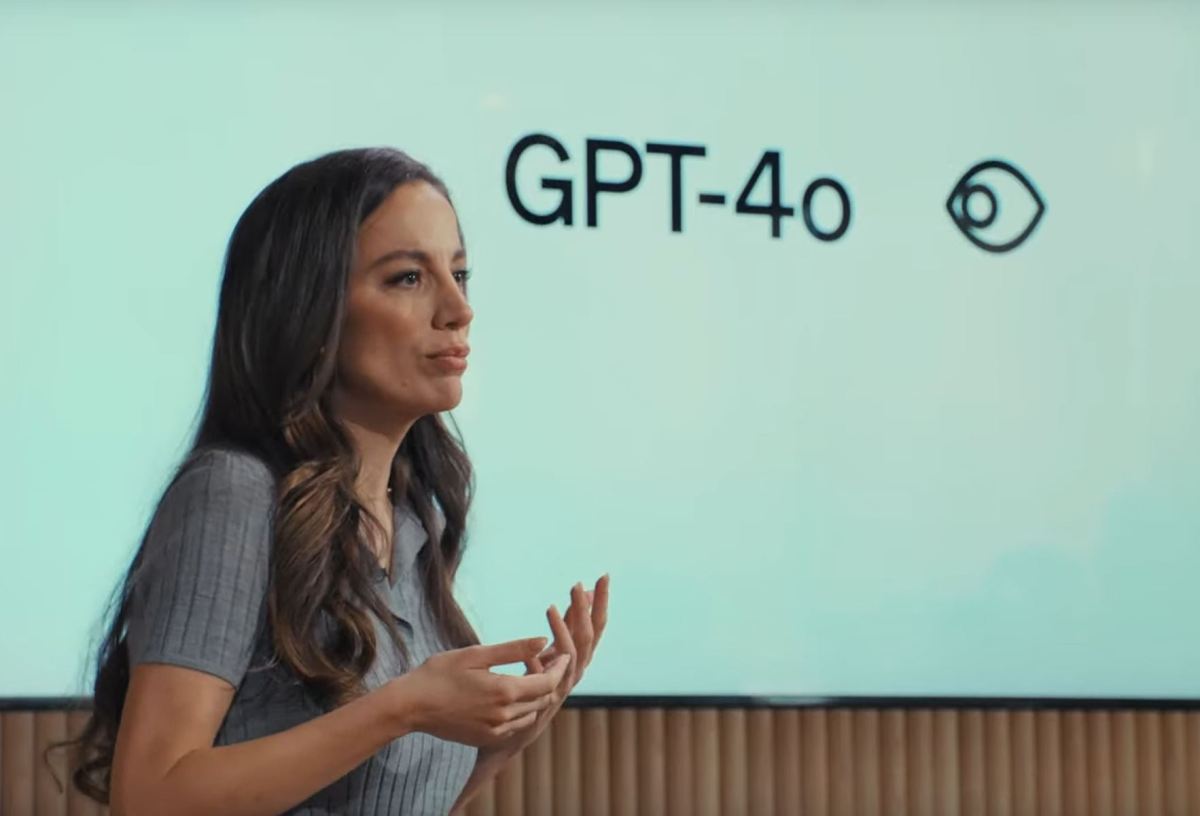

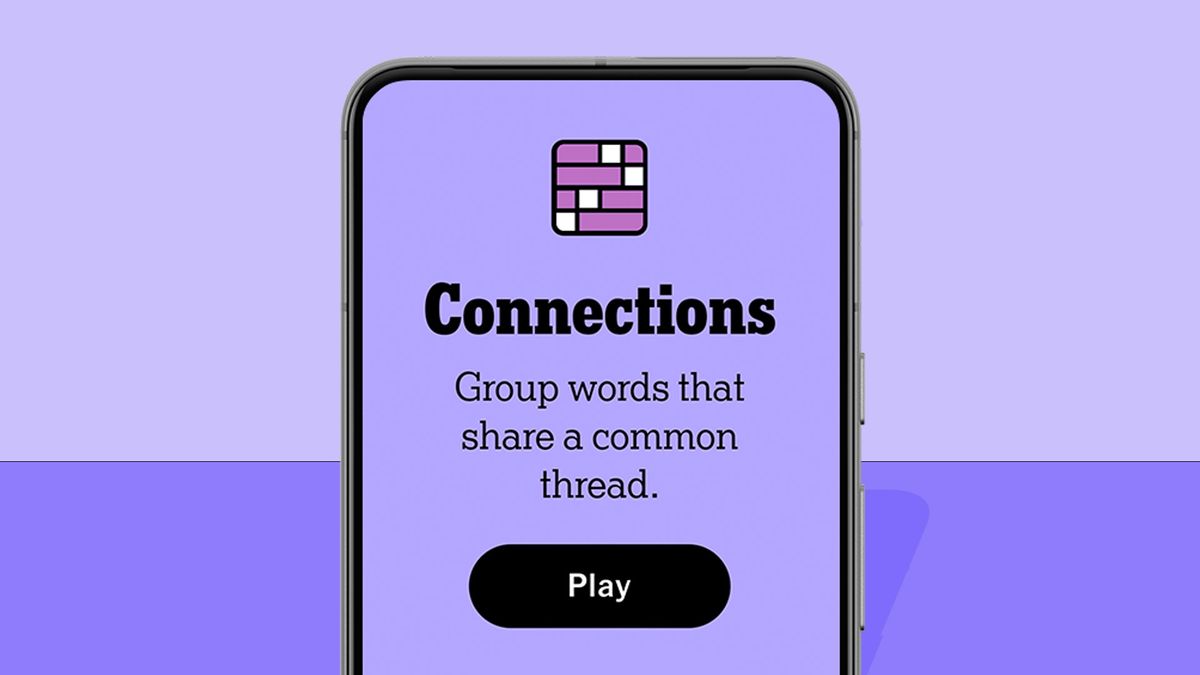
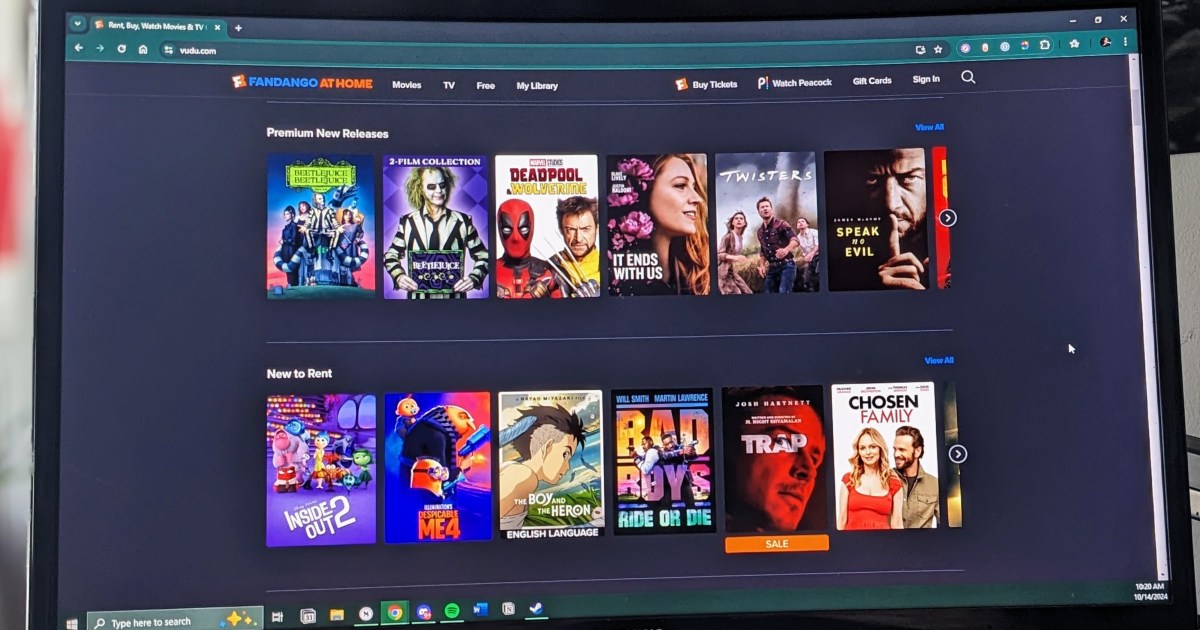


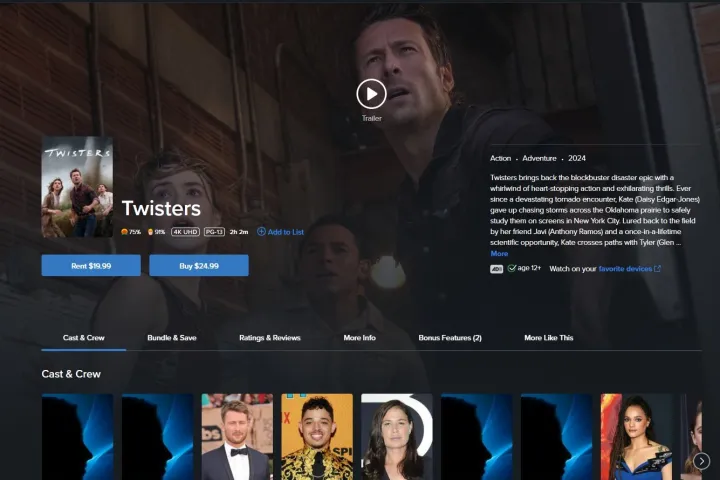

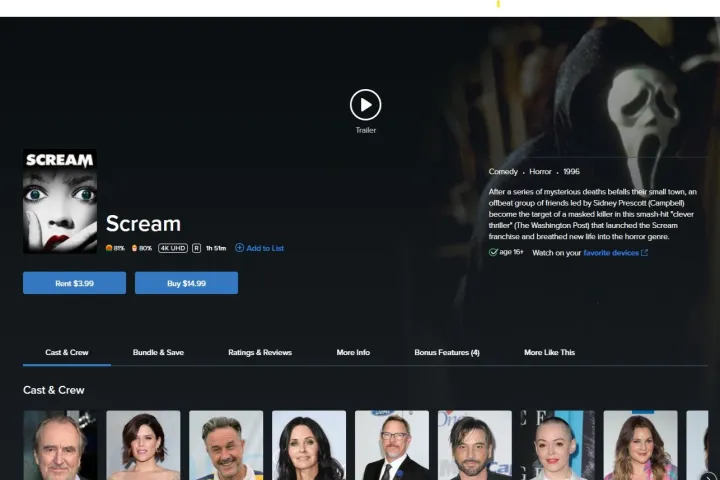
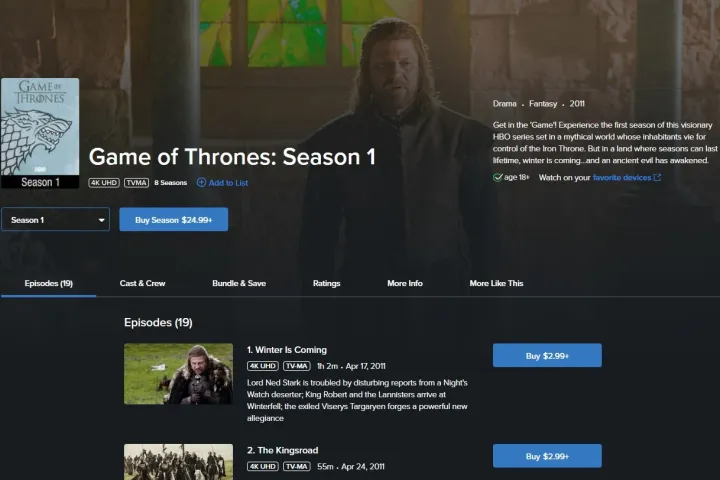




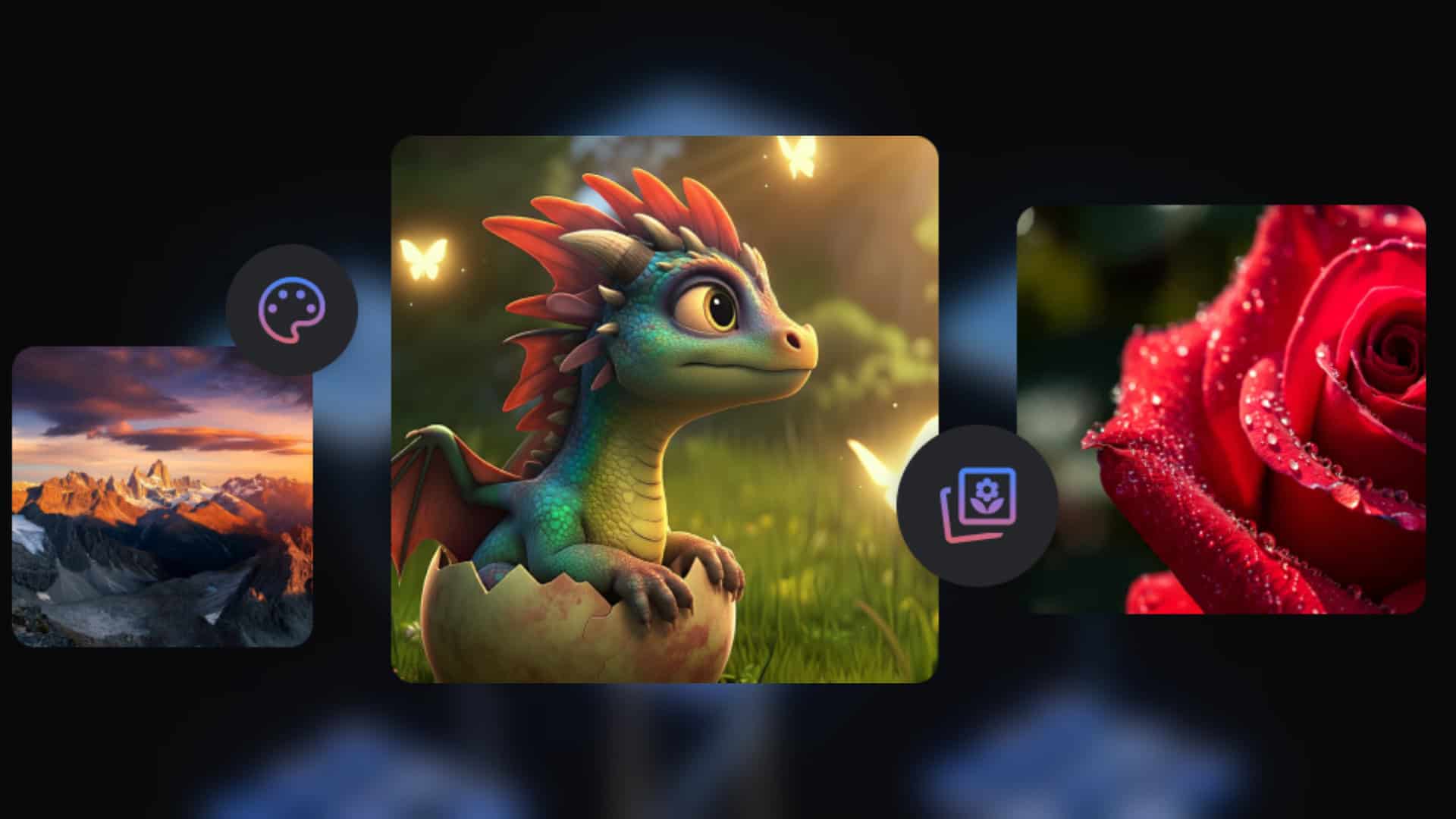

















































































































































You must be logged in to post a comment Login